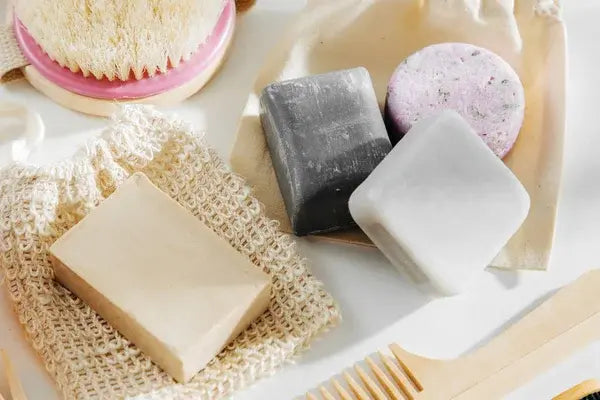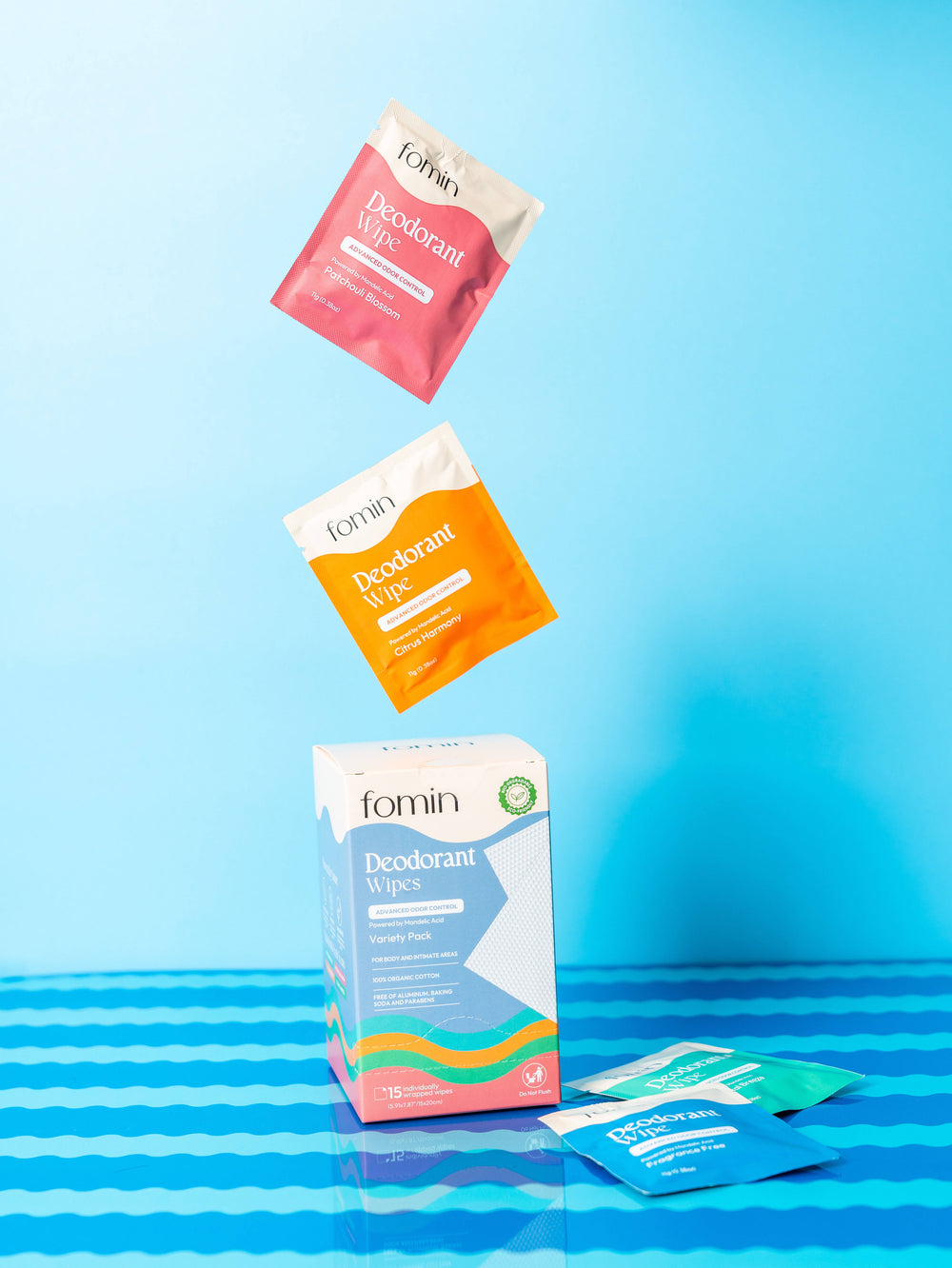
5 Reasons Why Bar Shampoo is the Future of Hair Care?
Share
Shampoo bars are gaining significant attention in the zero-waste beauty world, and it's clear why.
Choosing a solid bar benefits you and the environment by reducing single-use plastic waste and eliminating harmful chemical fillers from your hair care routine. Additionally, shampoo bars are more economical, offering much more than your expectations!
Continue reading this guide to discover 5 compelling reasons to switch to a shampoo bar today and tips on maximizing its effectiveness.
What Is a Shampoo Bar?
Unlike traditional soap bars, a quality shampoo bar doesn't contain lye (sodium hydroxide), a common ingredient in many soaps.

Soap is alkaline, with a pH level between 9 and 10, which can be harsh on your hair and scalp, leading to irritation. Hair cuticles lift when the scalp becomes too alkaline, allowing moisture to escape. This results in dry, frizzy hair and dandruff.
In contrast, shampoo bars are formulated with a balanced pH (between 4 and 6). This helps maintain the scalp's natural oils (sebum) and keeps your hair's pH in check.
While soap is primarily designed to clean, shampoo bars are made with natural ingredients that moisturize and strengthen hair follicles.
5 Reasons to Make the Switch to a Shampoo Bar
Plastic-Free Shampoo Bars
Do you know that the average American uses 11 plastic shampoo bottles annually? That adds up to around 550 million discarded shampoo bottles each year in the U.S. alone, and that's just for shampoo.
A single plastic bottle can decompose up to 450 years, breaking down into harmful microplastics that pollute our waterways. By switching to eco-friendly shampoo bars, you eliminate the need for plastic bottles. This way, you significantly reduce single-use plastic waste. If just one person switches to bar shampoo, nearly 1,000 plastic bottles can be saved over their lifetime.
Biodegradable Shampoo Bars
Conventional liquid shampoos often contain phthalates, parabens, and sulfates (like SLS and SLES), harming human health and contaminating waterways, disrupting ecosystems.
On the other hand, natural shampoo bars contain ingredients that break down safely without impacting the environment. Those who prefer environmentally conscious hair care must choose a shampoo bar as it comes in home-compostable FSC-certified cardboard or paper.
Contain Sustainably-Sourced Ingredients
Many conventional shampoos contain palm oil, a controversial ingredient that contributes to deforestation and threatens wildlife like orangutans. Palm oil is commonly used as a foaming and conditioning agent. However, its production devastates rainforests, especially in places like Borneo.

Sustainable hair care brands offering shampoo bars either avoid palm oil or source it responsibly from certified suppliers. Additionally, unlike many conventional beauty products, brands often ensure they are cruelty-free.
Convenient to Use
Solid shampoo bars are convenient, mess-free, and easy to use. You won't have to worry about spills or accidentally using too much product. Here's a quick guide on how to use a shampoo bar:
- Wet your hair as usual.
- Wet the shampoo bar and lather it on your hands.
- Apply the lather from root to tip, or run the bar down wet hair.
- Massage into your scalp and rinse as normal.
Lower Carbon Footprint
Shampoo bars are the easiest way to reduce your carbon footprint. The ingredients in most eco-friendly shampoo bars are less refined. Also, the product and its packaging require less intensive manufacturing processes. Plus, shampoo bars are smaller and lighter than liquid bottles, reducing carbon emissions during transport.
How Long Does a Bar Shampoo Last Compared to Liquid Shampoo?
Shampoo bars aren't just an eco-friendly option. They're budget-friendly, too.
On average, long-lasting shampoo bars lasts two to three times longer than a bottle of liquid shampoo. While a typical bottle lasts about 25-35 washes and comprises 80% water (often listed as aqua), a concentrated shampoo bar can last over 60-80 washes.
Thanks to its concentrated formula, a single bar can replace around 3 bottles of liquid shampoo. Depending on how often you wash your hair, you might only need four bars to cover a year of hair washing.


